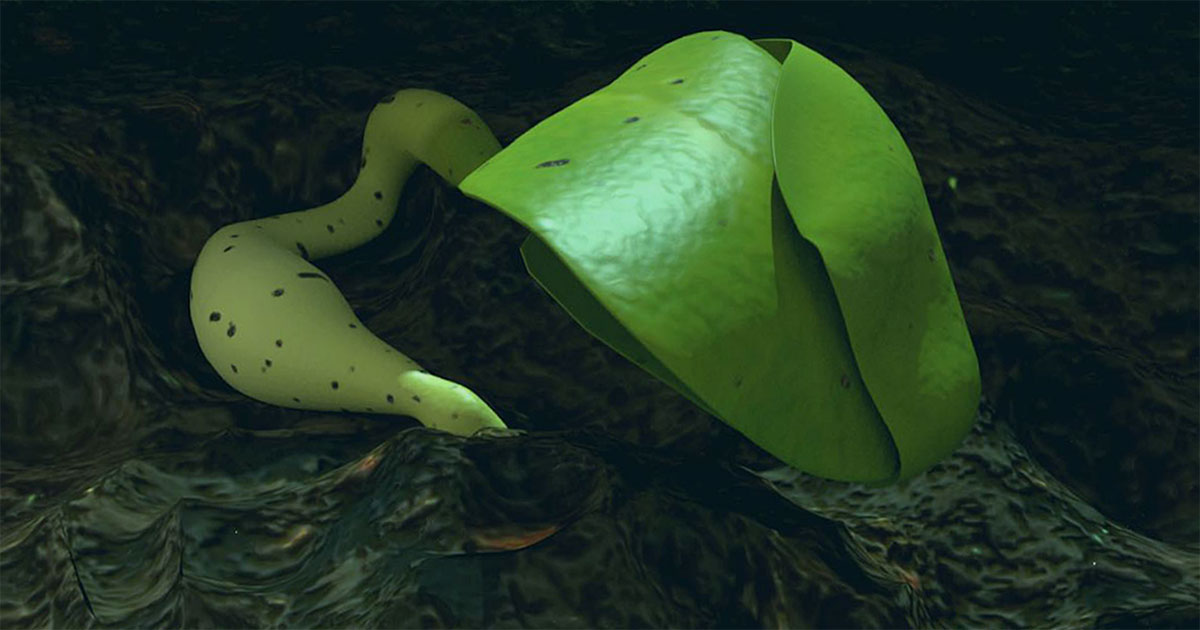On January 3rd, 2019, China’s Chang’e-4 lander touched down on the far side of the Moon and deployed the Yutu rover. In addition to its many instruments, the rover carried an important science experiment known as the Biological Experiment Payload (BEP). Over the next eight days, this payload conducted a vital experiment where it attempted to grow the first plants on the Moon. Included in the payload were cotton, potato, arabidopsis, and rape seeds, along with fly eggs, yeast, and 18 ml (0.6 fluid oz) of water, which was kept at a constant atmospheric pressure.
The results of this experiment will help inform future Bioregenerative Life Support System (BLSS), which will prove vital to habitats and missions beyond Low Earth Orbit (LEO). A team of scientists from China recently released a study that reviewed the experiment, its results, and its potential implications for future missions to the Moon, Mars, and other deep-space locations. As they concluded, the experiment demonstrated that plants can grow on the Moon despite the intense radiation, low gravity, and prolonged intense light.
Continue reading “China Set Up a Tiny Farm on the Moon in 2019. How Did it Do?”
